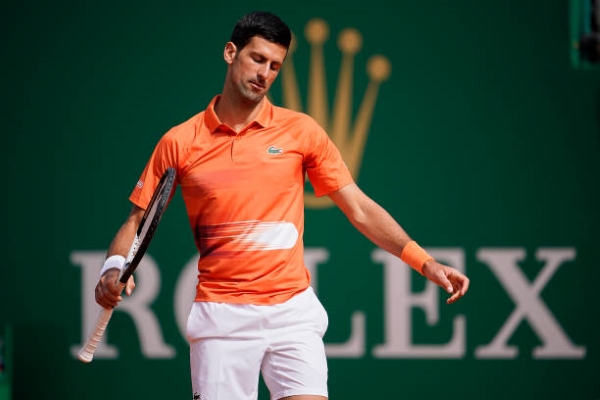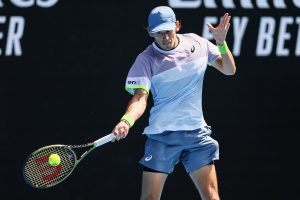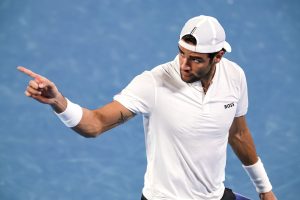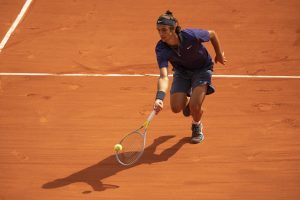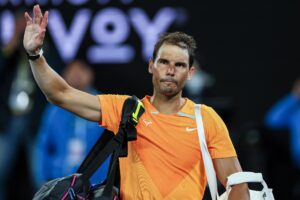After Novak Djokovic’s Monte Carlo defeat to Alejandro Davidovich Fokina, the Serbian made a surprising confession. Famed for his incredible stamina and athleticism, Djokovic stated post-match that he ‘collapsed physically’ during the contest, adding:
“I was hanging on the ropes the entire match. I didn’t like the way I felt physically in the third set, I just ran out of gas completely.”
Djokovic’s Monte Carlo defeat was apparently more than just court rust. A lack of competitive match practice is one thing, and unsurprising since this was just his second tournament this year. However, after playing so little it seemed strange for Novak to have issues with fitness.
Djokovic’s case is the latest in a season already plagued with injuries and fitness problems. However, playing too much rather than too little is often the cause. There are plenty of examples. Daniil Medvedev could face two months out for a hernia procedure. Rafael Nadal’s rib injury could keep him out of the French Open. Matteo Berrettini’s surgery to his hand will put him out of action for much of the clay season too.
The Miami Open saw a string of withdrawals and in-game retirements. Simona Halep, Paula Badosa and Jannik Sinner were among some of the headline names to call it a day early amid tough and humid conditions in Florida.
While injuries are nothing new, the combination of a demanding schedule and the increasing physicality of the game has made it tougher for players. From the ATP Cup in January to the season-ending Tour Finals in November, professional tennis is almost a year-round event. During the year, there are very few rest periods.
As a result, players are now more susceptible to injury than ever. Looking at the rankings of the ATP and WTA Tours, it’s hard to find someone who hasn’t spend time off court injured. In some cases it could be just a few weeks. In others it can be a whole season – and sometimes even longer.
After injury, the comeback can be brutal. Much has been made of Nadal’s amazing 2022, from being on crutches in September to winning the Australian Open and winning 21 consecutive matches. But this is the exception. The recent struggles of Dominic Thiem and Stanislas Wawrinka, trying to find their feet after extended absences, are much more common.
Rest and recuperation is vital. But as Djokovic is finding out, even spending time away for non-injury reasons risks a loss of intensity and match fitness. At this level, that’s essential to compete.
After all, tennis is a game separated by fine lines, whether an individual match or the respective tours’ own ranking systems. A couple of points can decide the result of a match, while a couple of wins or losses can make a huge difference to seedings. For lower ranked players, winning a tournament can send them catapulting up the rankings.
Frankly, most players can’t afford to not play, if they are physically able. Playing through injury is a common occurrence. Even Medvedev played this year despite his hernia. Indian Wells champion Taylor Fritz almost didn’t play the final after twisting an ankle. Eventually he competed against the advice of members of his team.
Balancing schedules is one of the hardest jobs in pro tennis. How can players maintain the balance between playing too much, and not playing enough? How can they keep themselves at the top of their game without burning themselves out or getting injured? With the packed clay-court only just season beginning, it is a debate that is sure to rumble on for a while yet.
Main photo:
Embed from Getty Images


